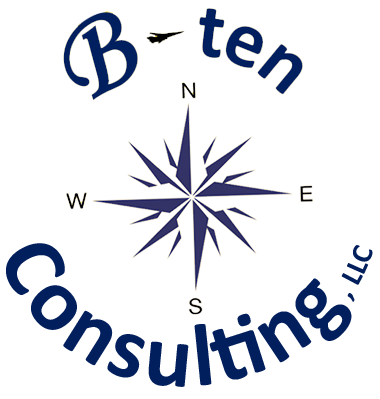Can You Spare a Smile?

Almost everyone has heard of the classic “How to Win Friends and Influence People” by Dale Carnegie, but how many of us have actually read it? My Monday evening group is going through it, some for the first time and some as a review, and I would like to share something that jumped out at this sometimes dour and grouchy individual. Mr. Carnegie shared an advertisement a New York department store ran in recognition of the pressures on its salespeople during the Christmas rush. Don’t get hung up on Christmas – this applies every day!
The Value of a Smile at Christmas
It costs nothing, but creates much.
It enriches those who receive, without impoverishing those who give.
It happens in a flash and the memory of it sometimes lasts forever.
None are so rich they can get along without it, and none so poor but are richer for its benefits.
It creates happiness in the home, fosters goodwill in a business, and is the countersign of friends.
It is rest to the weary, daylight to the discouraged, sunshine to the sad, and Nature’s best antidote for trouble.
Yet it cannot be bought, begged, borrowed, or stolen, for it is something that is no earthly good to anybody till it is given away.
And if in the last-minute rush of Christmas buying some of our salespeople should be too tired to give you a smile, may we ask you to leave one of yours?
For nobody needs a smile so much as those who have none left to give!
A smile can be the first step to opening up a conversation with someone and making a connection. What if you don’t feel like smiling? Tough. Smile, and you will find pretty soon your mood and attitude changes, and you have a genuine smile all the way to the eyes.
Today, more than ever before in my life, I think there are a lot of people who have no smiles left to give and are sorely in need of one. Would you please be the person to share one of yours?



